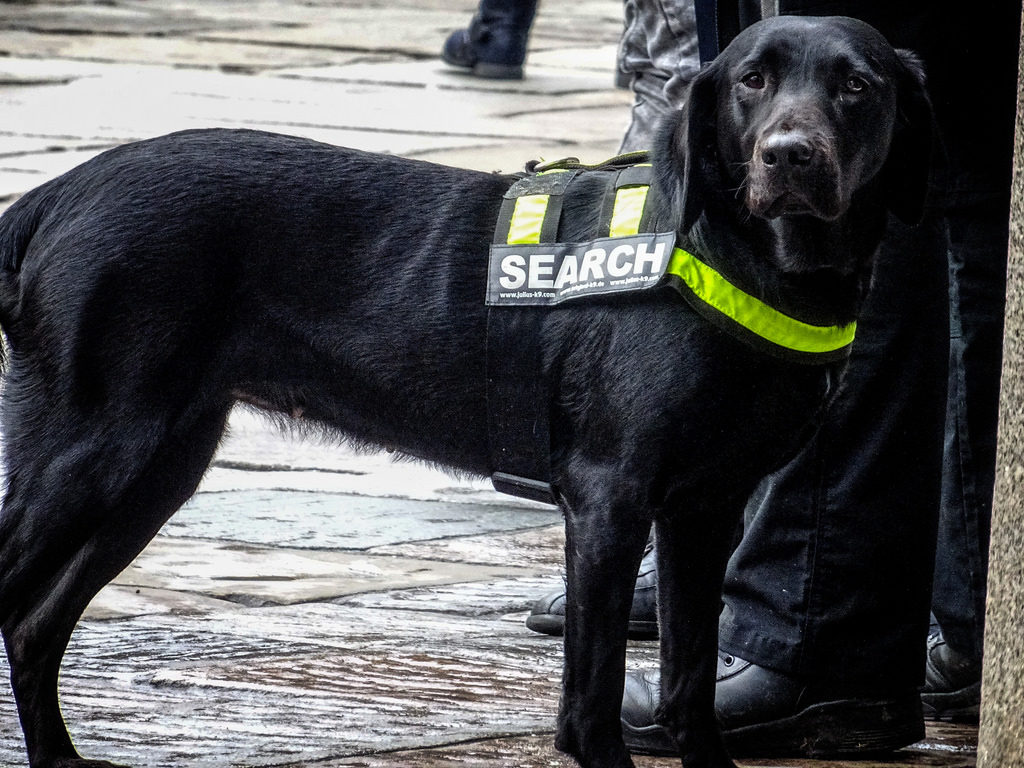Arts in the News: Putting Women’s Artwork in the Public Eye, A Symphony for the Streets and more.
Putting Women’s Artwork in the Public Eye
Florence has long been recognized as an international art hub–it was, after all, the “cradle of the Renaissance.” Now, the Uffizi, one of the city’s most famous museums, is once more trying to be a trailblazer in the art world. How? By giving women artists’ their due. The Uffizi’s director, Eike Schmidt, was inspired during a stint at the Minneapolis Institute of Art by the Guerilla Girls, a group of feminist art activists, who told him that though many museums have works by women artists, they’re kept in storage. Upon arriving at the Uffizi, Schmidt discovered that the museum is actually “the museum with the largest collection of works of arts by women before the 19th century.” But most of the paintings and pieces were in storage. In 2017, the Uffizi began to change that, holding the first in what is set to be a series of annual exhibitions devoted to women artists of the past. These exhibits will open every year at the beginning of March to coincide with International Women’s Day. Hopefully, museums around the world will follow the Uffizi’s example and get art by women out of the storage rooms and onto display!
A Symphony for the Streets
In Los Angeles, a group of professional musicians from various organizations comes together regularly for a less traditional purpose: “Street Symphony.” The organization brings together musicians from the LA Philharmonic, LA Master Chorale, and other professional musical organizations to work with the homeless, mentally ill, and incarcerated. Violinist Vijay Gupta founded Street Symphony in 2011–a man who wanted to put some real meaning behind the word “outreach,” which gets thrown around a lot in the classical music world. Gupta, the son of Indian immigrants, beat out more than 300 applicants to win a seat in the LA Philharmonic at the age of 19. In Los Angeles, he got to know a homeless musician and was soon performing at shelters, hospices, clinics, and prisons. Gupta ultimately founded Street Symphony with colleagues from the LA Philharmonic. Interactions with these vulnerable populations have changed the very way these musicians approach their art: when playing at the mental ward of a prison, a man reminded him that “Schumann…died in a place like this.” “That still gives me chills,” explains Gupta. “I’ll never play Schumann the same way again.” This year for the holidays, the Street Symphony ensemble played “We Need Darkness to See the Stars,” a choral-orchestral composition by Benjamin Shirley, who lived at a charitable institution on Skid Row for a couple years. What a truly inspiring group of musicians; it would be lovely to see more and more organizations like these in cities around the globe!
Singing Opera After Two Double Lung Transplants
For professional singers, their lungs are their livelihood. For many, a lung transplant may mean the end of a career. Not so for opera singer Charity Tillemann-Dick, who is still singing even after two double lung transplants. Tillemann-Dick was diagnosed at age 20 with pulmonary arterial hypertension (high blood pressure in the lungs); her heart was more than three times larger than normal–but she couldn’t imagine her life without singing. She had her first lung transplant at 26; three years later, her body rejected the lungs, and she had another transplant. To celebrate the donor of her second transplant, Tillemann-Dick performed at the Cleveland Clinic with her friend Esperanza Tufani, the donor’s daughter. Tilleman-Dick expressed her gratitude, saying her donor “gives [her] voice.” She details her grueling medical journey in her new book, “Encore.” What a story of persistence and passion! Thankfully modern medicine was able to help Tillemann-Dick continue to pursue her dream.
Uproar as Met Museum Changes Price Policy
The Metropolitan Museum of Art in New York City has sparked anger from many in announcing that for the first time in nearly 50 years, it will be charging a set price for out-of-town patrons. Previously, the Met had a “pay-as-you-wish” admission policy; that all changes on March 1 of this year, when tourists will be charged a mandatory entrance fee ($25 for adults, $17 for seniors, and $12 for students). New York residents, as well as students from New Jersey and Connecticut, will be allowed to follow the previous pay-as-you-wish policy, provided they can show proof of residence. The price change will affect roughly a third of the Met’s annual visitors, according to the museum’s president and CEO, Daniel H. Weiss. The policy change will help cover daily operational demands, and bring the Met on the page with other museums around the world: “We are now the only major museum in the world that relies exclusively on a pure pay-as-you-wish system or that does not receive the majority of its funding from the government,” explains Weiss. Many are voicing their concerns about the change; art critic Roberta Smith explains: “If libraries started charging entrance fees there would be a great uproar. We don’t have to pay for access to publicly owned books, and we should have to pay to see art in museums whose nonprofit status is supported by our taxes.” Many are concerned the price change will prevent many tourists from being able to afford to visit the museum, making the museum’s art in effect inaccessible.

